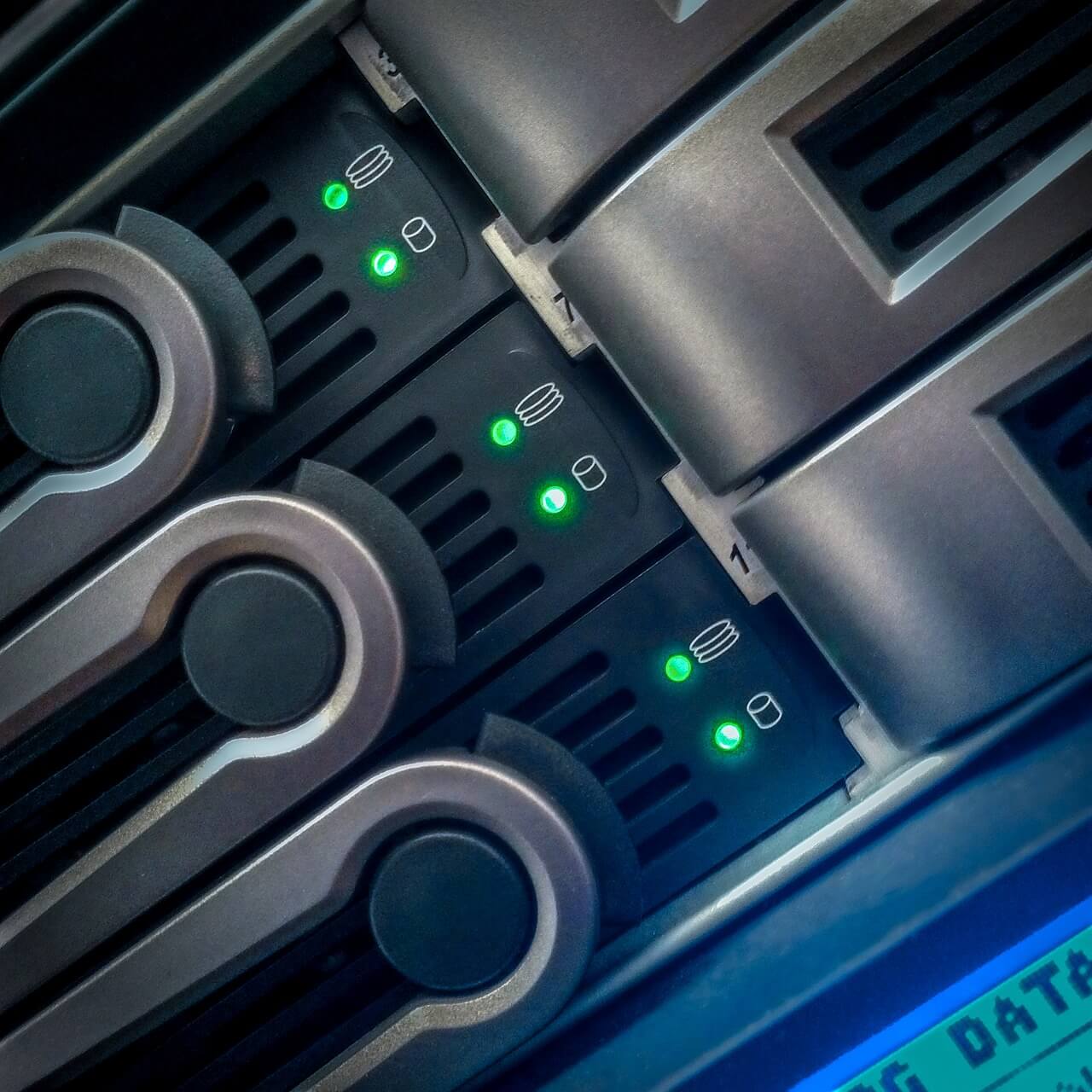Out of all the investments small businesses can make, spending money on IT is arguably the most important decision.
With eCommerce being the de facto channel of selling products and services, small businesses cannot afford to lag behind the market with legacy systems and outdated applications.
Thankfully, SMBs are starting to realize the benefits of investing generously on IT in improving their operations.
Aside from online sales, investing in IT brings tons of benefits in terms of work and cost-efficiency.
With modern IT equipment business can:
- Complete tasks faster
- Minimize failure
- Cut down on maintenance in the long run
The initial investment for new IT equipment can be costly for small businesses to cover with their capital.
Are There Viable Options For Funding IT Assets at the Start?
Before acquiring funding, you must understand how much your IT investment will cost now and in the future, which is calculated by factoring in the total cost of ownership (TCO).
TCO is defined as the total cost of using and maintaining IT assets over a period of time.
Instead of only evaluating the initial investment, TCO also considers direct and indirect costs e.g. paying for software and accounting for downtime.
Understanding your TCO is important as most of your IT costs will come from maintenance.
In fact, 80% of total IT spend in businesses happen after the initial purchase, according to a study by Gartner.
The Types of Funding Available to Small Businesses
Having a good grasp of your TCO will allow you to make smarter decisions in choosing the right funding method for your initial IT investment.
Here are some to consider.
1. Get a Business Loan
A loan is the most common way businesses acquire upfront cash for IT assets.
Businesses have several options for them to consider including traditional bank loans, asset financing, or simply borrowing from friends and family.
However, IT assets do not cost as much as other business assets so it’s not necessary to apply for huge loans.
This makes microloans a viable option too. These are small loans (usually less than $50,000) used to finance minor purchases like computers or smart devices.
Borrowing from microlenders requires less documentation from your end and is also more flexible in negotiating repayment terms for the loan.
Interest rates only differ slightly from bank loans, making it a cost-effective option for small businesses to fund their IT purchases.
2. Equipment Financing
Many companies and retailers have financing options in place for small businesses to pay over time instead of paying the full amount upfront.
Financing is usually seen in situations where a company wants to set up their IT infrastructure but do not have the funds to pay for every asset completely.
With financing, you pay a certain amount first (say, paying $500 upfront for a $2,500 workstation) and settle the rest based on the sale agreement.
Interest rates differ between companies but many retailers today set extremely low-interest rates—some even offering 0% interest deals—to encourage more people to buy their equipment.
Once the owed amount is fully paid, you gain total ownership of the assets.
3. Equipment Leasing
Leasing is similar to financing but instead of owning the equipment, you’re “renting” the asset for the duration of the leasing period.
At the end of the contract, businesses can:
- Buy the equipment
- Renew the lease
- End the agreement by returning the leased assets.
An advantage of leasing is that businesses can renew their contracts to use updated, newer equipment, hence allowing them to constantly improve their IT infrastructure while only paying affordable monthly fees.
4. Equity Financing
You can look into offering your company’s shares or a portion of ownership in exchange for capital.
Angel investors and small business investment companies (SBIC) are the two most viable options for equity financing as they are easier to deal with in terms of negotiating funding terms.
Speaking of negotiations, you should not give away too much of your shares to fund your initial IT investment.
Unless you’re certain it will bring your business to the next level, it’s better to retain ownership and work with cheaper IT assets instead.
5. Look Into Tax Incentives For IT Equipment
A lot of countries have tax incentives in place to help out small business owners with costly equipment purchases, including IT assets.

source: pixabay.com
In the US, businesses can deduct up to a million dollars from their gross income in tax relief for any equipment purchase.
For example, if your company rakes in $100,000 this year in profit and you spend $40,000 on new computers, your taxable profit drops to $60,000 which saves you a massive 40% (approx.) on taxes.
This ruling is a huge boon for small businesses especially in today’s ultra-competitive market where saving every dollar counts.
But What is the Right Type of IT Equipment to Invest In?
A significant portion of IT investments should be spent on modern equipment like new computers, servers, or smart devices.
Outdated IT infrastructure is a massive disadvantage for operational efficiency as well as security. Case in point: 70% of small businesses are vulnerable to cyber-attacks and 60% will go bust within six months when a security breach happens.
With a modern and robust IT architecture, you can rest well knowing that your customers’ data is secured while streamlining your internal processes so you can do more business and improve your business’ bottom line.
Next, investing in cloud software is a no-brainer.
92% of SMBs are already using cloud solutions in their company and 42% have experienced significantly lower workloads as a result of leveraging cloud-based software.
By using cloud software, small businesses don’t have to put in as much effort into security as it is managed from the provider’s side. Cloud-based applications are also not installed locally which further reduces the threat of security breaches.
Cost-wise, you only pay a monthly fee to gain the full benefits of cloud software, allowing you to save money and spend it on more important areas like investing in better IT equipment.
For instance, rather than spending thousands for in-house accounting software, you only pay less than $10 a month per user in SaaS tools like Quickbooks.
Get That Equipment
It’s clear that investing in IT is a necessary move for small businesses.
With the funding options laid out above, there’s no reason why you should wait any longer to spend your budget on IT equipment



